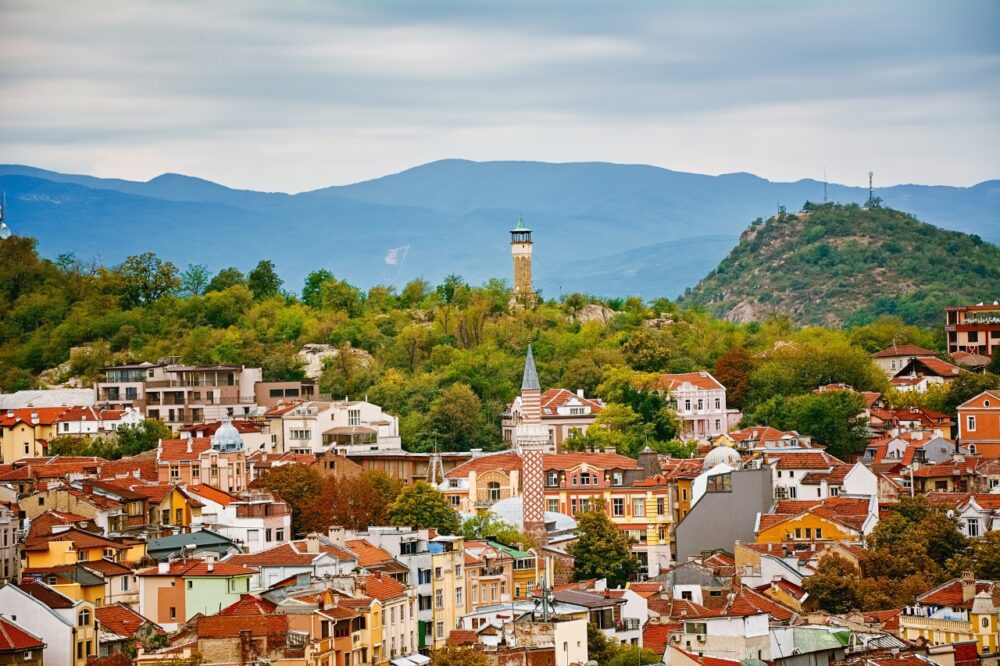
Plovdiv, one of Europe’s oldest continuously inhabited cities, is a gem in the heart of Bulgaria. Famous for its charming Old Town, ancient Roman theatre, and thriving art scene, Plovdiv offers a unique blend of history and modern culture. Whether you’re strolling through the cobblestone streets, exploring the creative Kapana district, or marvelling at the panoramic views from Nebet Tepe, Plovdiv is a city that captures the imagination. But with so many fascinating destinations in Bulgaria, you might wonder: is Plovdiv worth visiting? In this post, we’ll dive into what makes Plovdiv special and help you decide if it’s the right addition to your travel plans.
Table of Contents
Pros – Reasons You Should Visit Plovdiv
1. One of the Oldest Continuously Inhabited Cities in the World
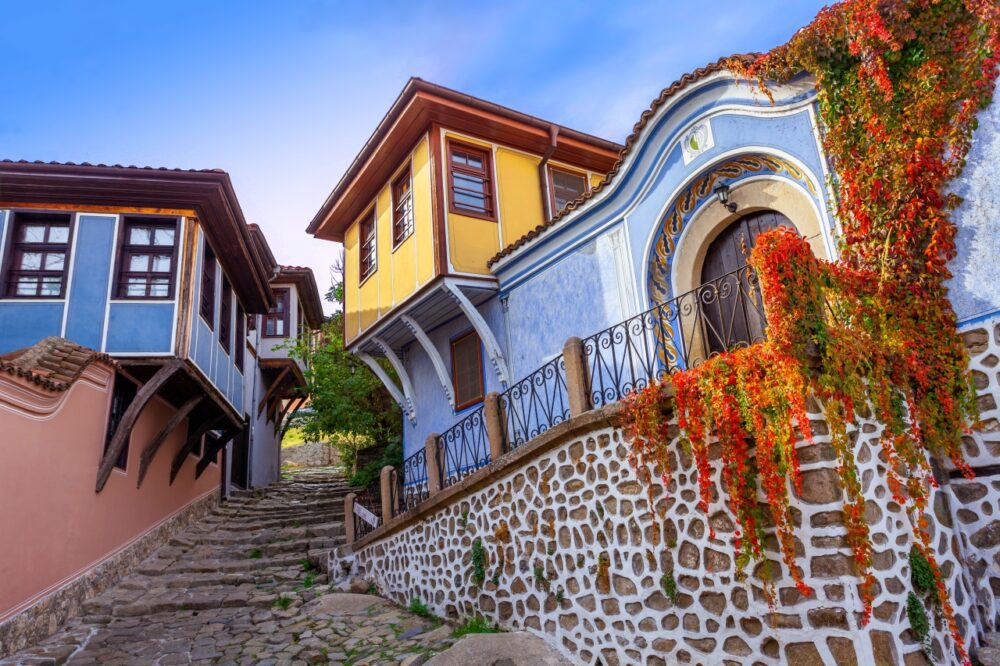
Plovdiv is often overlooked by travelers in favor of Bulgaria’s capital, but it holds an incredible distinction—it is one of the oldest continuously inhabited cities in the world. With over 6,000 years of history, Plovdiv has been shaped by Thracians, Romans, Byzantines, and Ottomans, creating a fascinating blend of cultures and architecture.
Walking through the city felt like stepping into different time periods. I wandered through ancient ruins, medieval fortresses, and colorful 19th-century mansions all within a short distance of each other. The layers of history are everywhere, making Plovdiv one of the most historically rich cities in the Balkans.
2. The Spectacular Roman Amphitheatre
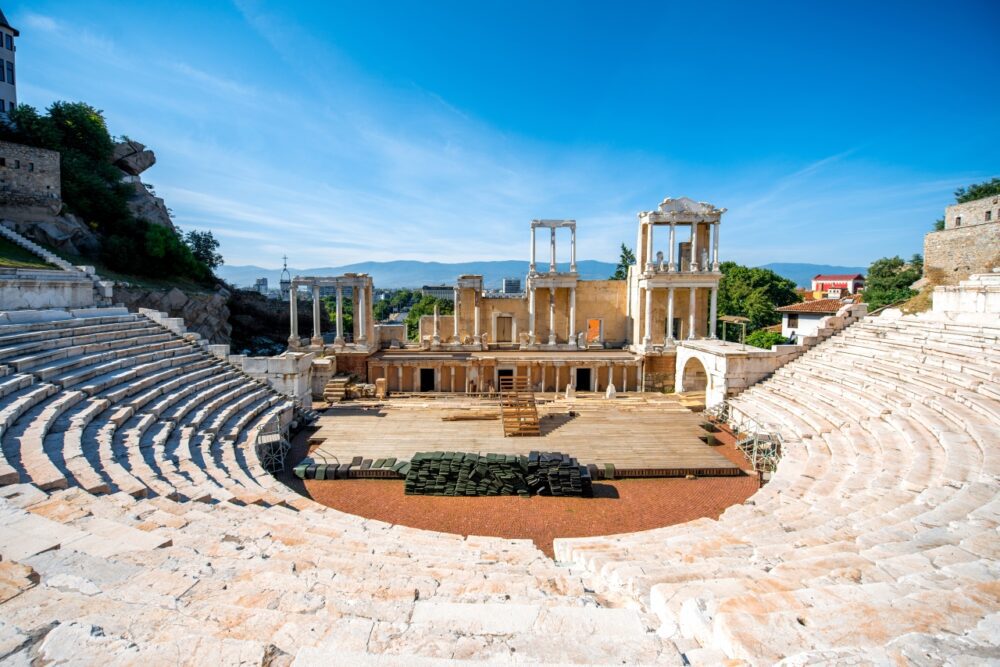
Plovdiv’s Roman Amphitheatre is one of the best-preserved ancient theaters in the world. Built in the 2nd century AD during the Roman Empire, it still hosts concerts, opera performances, and cultural events today. Perched on a hillside, the amphitheatre offers stunning views of the city while providing an intimate setting for live performances.
I visited during the day and was amazed by how well-preserved the structure was. The stone seating, grand staircases, and stage were all in remarkable condition. Later, I had the chance to attend an evening concert there, and the experience of watching a performance in a 2,000-year-old venue under the open sky was unforgettable. If you’re visiting Plovdiv, this is an absolute must-see.
3. The Charm of the Old Town and its 19th-Century Revival Architecture
Plovdiv’s Old Town is a beautifully preserved neighborhood filled with colorful 19th-century mansions, cobbled streets, and charming courtyards. The architecture from Bulgaria’s National Revival period is particularly striking, with houses featuring intricate wood carvings, frescoed walls, and overhanging balconies. Many of these historic buildings have been converted into museums, art galleries, and cultural centers.
I spent an entire afternoon exploring the winding streets of the Old Town, stopping to admire the beautifully restored houses. One of the highlights was the Ethnographic Museum, housed in a grand mansion with stunning interiors and a fascinating collection of traditional Bulgarian artifacts. The whole area feels like a living museum, making it one of the most picturesque parts of the city.
4. The Unique and Creative Kapana District
Kapana, which means “The Trap” in Bulgarian, is Plovdiv’s arts and entertainment district. Originally a craftsmen’s quarter during the Ottoman era, it has transformed into a lively area filled with trendy cafés, boutique shops, street art, and independent galleries. The district has a bohemian feel, making it the perfect place to experience Plovdiv’s modern, creative energy.
I loved wandering through Kapana’s narrow streets, discovering unique handmade jewelry stores, vintage bookshops, and quirky cafés. The atmosphere was vibrant, with street musicians playing and people gathering at outdoor terraces. If you enjoy cities with an artsy, alternative vibe, Kapana is a great place to explore both during the day and at night.
5. A Thriving Food and Wine Scene
Plovdiv has one of the best food scenes in Bulgaria, combining traditional Bulgarian cuisine with Mediterranean influences and modern gastronomy. The city is surrounded by some of the country’s top wine-producing regions, making it an excellent place for wine lovers as well.
I had an incredible meal at a local restaurant where I tried kavarma, a slow-cooked meat and vegetable stew, paired with a glass of Bulgarian Mavrud wine. The quality of both the food and wine was outstanding, and the prices were far lower than what you’d pay for similar experiences in Western Europe. Whether you’re dining at a fine restaurant or a cozy family-run tavern, Plovdiv’s culinary scene is a major highlight.
6. Stunning Views from Nebet Tepe
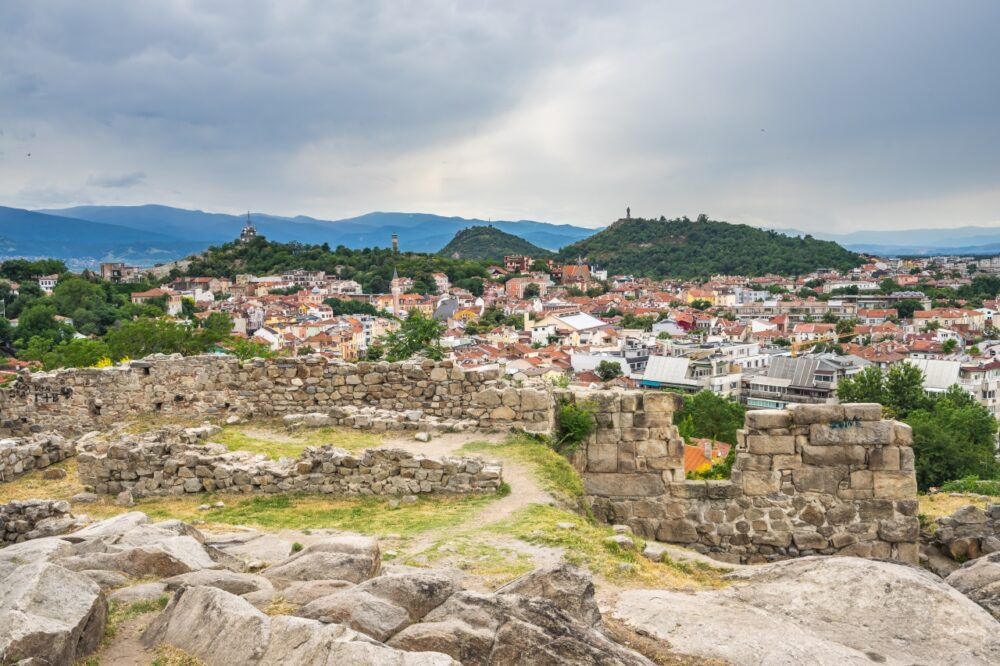
Nebet Tepe, one of the seven hills of Plovdiv, is an ancient fortress site that offers panoramic views over the city. The hill has been inhabited since Thracian times, and remnants of old fortifications still remain today. It’s a great spot to relax, enjoy the scenery, and take in the sunset.
I climbed up to Nebet Tepe in the late afternoon, and the view was absolutely breathtaking. The red rooftops of the Old Town, the modern skyline in the distance, and the surrounding hills created a perfect backdrop. The best part was how peaceful it felt compared to other tourist attractions—there were just a handful of people sitting on the rocks, enjoying the view.
7. A More Relaxed and Authentic Experience Compared to Sofia
While Sofia is a great city, it can feel fast-paced and busy. Plovdiv, on the other hand, has a much more relaxed and intimate atmosphere. It’s a city where you can slow down, enjoy a coffee in a quiet square, and take in the surroundings without feeling rushed.
I noticed right away that Plovdiv felt more personal than other European cities. The locals were friendly, the streets were easy to navigate, and there wasn’t the same sense of urgency that you find in bigger capitals. It’s the kind of place where you can sit in a café for hours without feeling like you need to be somewhere else.
8. Affordable Compared to Other European Destinations
Plovdiv is incredibly budget-friendly, especially compared to Western Europe. Accommodation, food, and attractions are all reasonably priced, making it a great destination for travelers looking to experience history and culture without spending a fortune. Even the high-end restaurants and boutique hotels offer great value for money.
I stayed in a charming guesthouse in the Old Town for a fraction of what I would have paid in a city like Prague or Vienna. Meals were also very affordable, with high-quality traditional food costing less than a fast-food meal in other countries. If you’re traveling on a budget, Plovdiv is one of the best destinations in Europe.
9. The City’s Festivals and Cultural Events
Plovdiv has a vibrant cultural calendar, with festivals and events happening throughout the year. As Bulgaria’s European Capital of Culture in 2019, the city continues to host art exhibitions, music festivals, and theater performances that showcase its creative spirit. Events like the Night of Museums and Galleries and the International Folklore Festival attract both locals and visitors.
I happened to visit during the Hills of Rock festival, and the atmosphere was fantastic—live bands, great food stalls, and a friendly crowd. Whether you’re interested in music, theater, or art, Plovdiv has something happening almost every month. Checking the festival schedule before visiting can add an extra layer of excitement to your trip.
10. A Great Base for Exploring Bulgaria’s Wine Country and Natural Landscapes
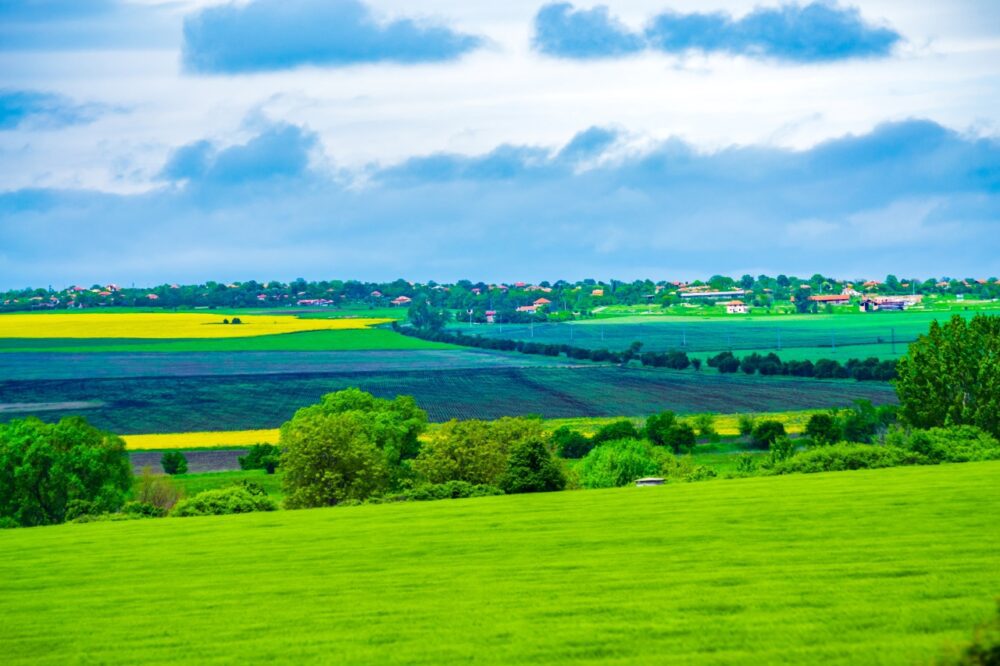
Plovdiv is located near some of Bulgaria’s best wine regions, including the Thracian Valley, which has been producing wine for thousands of years. The city is also close to beautiful natural landscapes, including the Rhodope Mountains and the picturesque Bachkovo Monastery.
I took a short trip to a local winery, where I tasted some of Bulgaria’s finest wines while learning about the country’s ancient winemaking traditions. Another day, I visited the stunning Bachkovo Monastery, nestled in the mountains and surrounded by forests. Plovdiv is the perfect base for exploring Bulgaria beyond the city itself, with plenty of day-trip options that showcase the country’s natural and cultural beauty.
Cons – Things to Consider When Visiting Plovdiv
1. Summer Heat Can Be Overwhelming
Plovdiv experiences extremely hot summers, with temperatures regularly exceeding 35°C (95°F) in July and August. The city’s location in a valley means there’s little relief from the heat, and many of the Old Town’s cobbled streets and open squares offer little shade. The combination of high temperatures and uphill walks can make sightseeing uncomfortable during the peak of summer.
I visited Plovdiv in August, and by midday, the heat was intense. Climbing up to Nebet Tepe for the views was exhausting under the scorching sun, and I found myself seeking out air-conditioned cafés just to cool down. Exploring the city in the morning and evening helped, but midday sightseeing was a challenge. If you struggle with high temperatures, visiting in spring or autumn is a much better option.
2. Some Parts of the City Feel Worn Down
While the Old Town and Kapana district are beautifully maintained, other parts of Plovdiv feel neglected. Certain areas, especially outside the historic center, have older Soviet-style apartment blocks, graffiti-covered walls, and cracked sidewalks that contrast with the city’s otherwise charming atmosphere. While this doesn’t make the city unsafe, it does give some parts a less polished appearance.
I noticed this when walking to the bus station, where some of the streets felt a little run-down compared to the Old Town. The contrast between the tourist-friendly areas and the more industrial or residential parts of the city was noticeable. If you’re expecting a city that’s fully restored and polished throughout, you might find these areas a bit disappointing.
3. Public Transport is Limited and Can Be Confusing
Plovdiv’s public transport system mainly consists of buses, but it’s not the most convenient for tourists. The routes can be difficult to figure out, there’s no metro system, and ticket machines or clear information in English are hard to find. Many locals rely on taxis or simply walk, as the city center is fairly compact, but getting to attractions outside the central area can be tricky without a car.
I tried taking a bus to Bachkovo Monastery, but finding the right stop and understanding the schedule was a challenge. Eventually, I opted for a taxi, which wasn’t too expensive, but it would have been nice to have a more user-friendly public transport system. If you plan to explore beyond the Old Town, renting a car or using taxis might be a more practical choice.
4. Fewer Major Attractions Than Larger European Cities
Plovdiv is a fantastic city for history, culture, and relaxed exploration, but it doesn’t have the same number of world-famous attractions as some larger European destinations. While the Roman amphitheatre, Old Town, and Kapana district are highlights, visitors who prefer packed sightseeing itineraries might find that they run out of things to do after a couple of days.
After two full days in Plovdiv, I felt like I had seen most of the key sights. While I enjoyed the atmosphere and slower pace, I could see how some travelers might find it less exciting compared to places like Rome or Paris, where every street feels like a new discovery. That being said, Plovdiv is a great place to combine with day trips to nearby wine regions, monasteries, or the Rhodope Mountains to extend your stay.
5. Stray Dogs and Uneven Pavements Can Be a Nuisance
Like many cities in the Balkans, Plovdiv has a noticeable population of stray dogs, particularly in some of the quieter areas outside the city center. While most are harmless, they can sometimes gather in groups, making some visitors feel uneasy. In addition, some of the streets, particularly in the Old Town, have uneven cobblestones, which can make walking difficult for those with mobility issues.
I encountered a few stray dogs near the outskirts of the city, and while they weren’t aggressive, they did bark occasionally, which could be unsettling. Meanwhile, walking through the Old Town required careful attention to avoid tripping on the steep, uneven stones. Comfortable shoes are essential, and if you’re traveling with luggage, be prepared for a bit of a struggle on the bumpy paths.
When to Visit Plovdiv
The best times to visit Plovdiv are spring (April to June) and autumn (September to October). These months offer pleasant weather and are perfect for exploring the Old Town, the Roman Theatre, and the lively Kapana district. Summers (July to August) can be quite hot but are ideal if you’re drawn to the city’s outdoor festivals, such as the Plovdiv International Folklore Festival. Winters (December to February) are quieter, with a relaxed atmosphere and a chance to explore the city’s museums and cosy cafes.
How to Get to Plovdiv
The nearest major airport is Plovdiv Airport (PDV), which serves a limited number of international flights. Most visitors fly into Sofia Airport (SOF), located 150 kilometres away, and take a train, bus, or car to Plovdiv. Regular trains and buses connect the two cities, with the journey taking approximately 2 hours. For those driving, the highway linking Sofia and Plovdiv makes for a smooth and scenic ride.
Where to Stay in Plovdiv
Plovdiv offers a mix of charming guesthouses, boutique hotels, and budget-friendly options:
- Luxury: Old Town or Near the City Garden – Stay at Hebros Hotel, a boutique property in a restored 19th-century house, or Hotel Imperial Plovdiv, offering modern luxury with easy access to historic sites.
- Mid-range: Kapana District or Central Plovdiv – Try Roots Hotel and Wine Bar, combining comfort with a great location, or Boutique Guest House VITANOVA, known for its charm and value.
- Budget: Near the Train Station or Kapana – Consider Hostel Old Plovdiv, a historic gem for budget travellers, or Guesthouse Center Plovdiv, offering affordable stays in a convenient location.
Getting Around Plovdiv
Plovdiv is a walkable city, especially around the Old Town, Kapana District, and central attractions like the Roman Theatre. For longer distances, the city bus network is inexpensive and reliable. Taxis are widely available but confirm the fare before starting your journey. Cycling is another great option, with bike rentals and cycling paths making it easy to explore the city’s parks and surrounding areas. For a scenic experience, take a stroll along the Maritsa River, which offers pleasant views and a peaceful atmosphere.
How Long to Spend in Plovdiv
Two to three days is ideal to experience Plovdiv’s rich history and modern cultural scene. Spend one day exploring the Old Town, including the Roman Theatre, the Ethnographic Museum, and the city’s iconic Revival-style houses. Dedicate another day to the Kapana District, known for its creative vibe, and relax in the Tsar Simeon Garden. With an extra day, consider a trip to the nearby Bachkovo Monastery or the Assen’s Fortress for stunning views and more history. Plovdiv’s blend of ancient charm and youthful energy makes it a must-visit destination in Bulgaria.
Conclusion
So, is Plovdiv worth visiting? Absolutely! If you’re captivated by ancient history, vibrant culture, and a laid-back atmosphere, Plovdiv is a must-visit. Its mix of Roman ruins, colourful streets, and artistic energy makes it one of Bulgaria’s most unique and rewarding destinations. While it’s smaller and quieter than Sofia, its charm and cultural richness more than make up for it. For travellers seeking a city that combines history with creativity, Plovdiv is a destination you’ll fall in love with.
